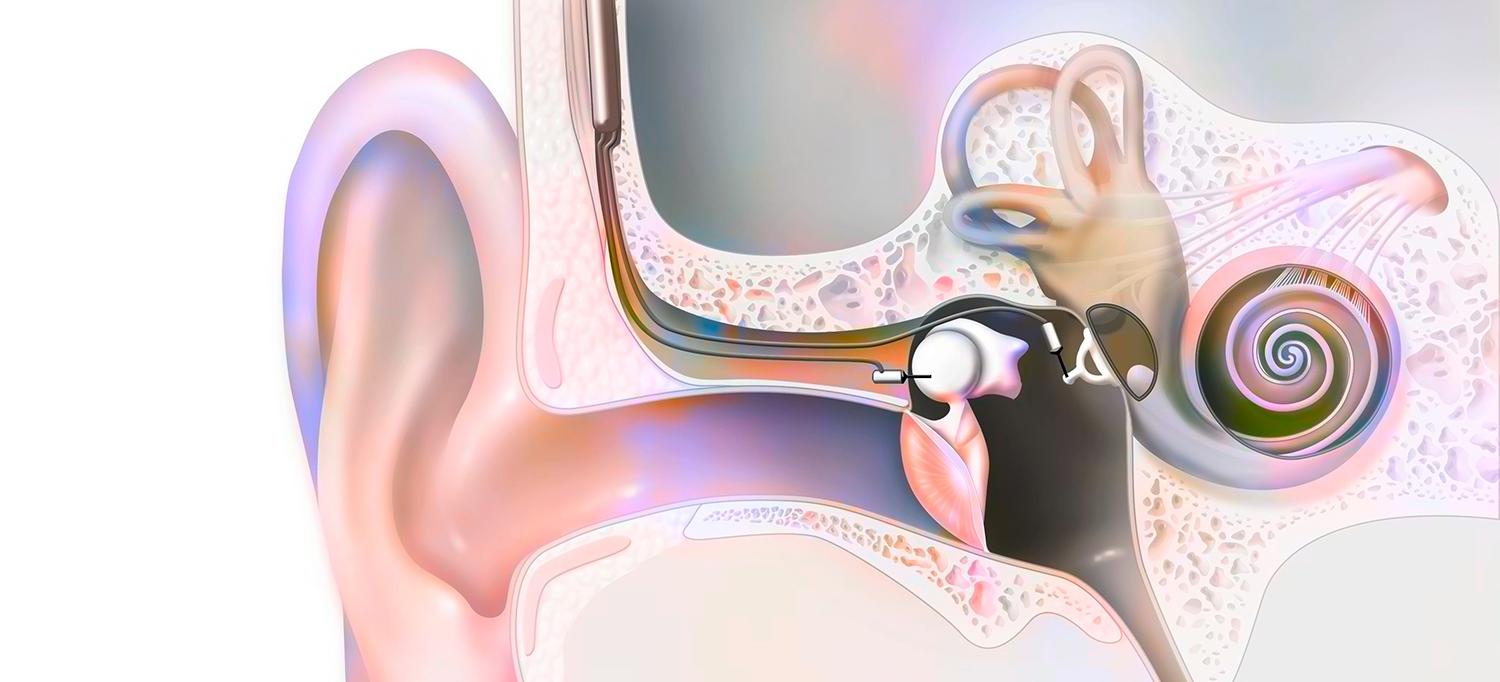Cochlear & Hearing Implants




Cochlear implants and hearing implants are two types of devices used to treat hearing loss, but they work in different ways.
Cochlear Implants:
- Functionality: Cochlear implants are electronic devices designed to bypass damaged hair cells in the cochlea (the inner ear) and directly stimulate the auditory nerve.
- Components: A cochlear implant consists of an external portion that sits behind the ear and an internal portion that is surgically placed under the skin. The external part includes a microphone, speech processor, and transmitter, while the internal part comprises a receiver-stimulator and electrode array.
- Procedure: The surgical procedure involves placing the internal part of the device inside the cochlea and securing the external components behind the ear. After the surgery, the patient undergoes a period of rehabilitation and adjustment to learn to interpret the signals provided by the implant.
- Candidates: Cochlear implants are typically recommended for individuals with severe to profound hearing loss who do not benefit from hearing aids.
- Benefits: Cochlear implants can significantly improve hearing and speech perception in individuals with profound hearing loss, enabling them to better communicate and engage in social interactions.
Hearing Implants (Middle Ear Implants or Bone-Anchored Hearing Aids – BAHA):
- Functionality: Hearing implants work by amplifying sounds and transmitting them directly to the inner ear through bone conduction.
- Components: There are different types of hearing implants. Middle ear implants are surgically placed in the middle ear to amplify sound vibrations before they reach the inner ear. Bone-Anchored Hearing Aids (BAHA) are implanted devices that transmit sound vibrations through the skull bone directly to the inner ear.
- Procedure: The surgical procedure for hearing implants involves implanting the device either in the middle ear or attaching it to the skull bone behind the ear. Like cochlear implants, candidates for hearing implants undergo a period of adjustment and rehabilitation after the surgery.
- Candidates: Hearing implants are suitable for individuals with conductive or mixed hearing loss, as well as for those with single-sided deafness.
- Benefits: Hearing implants can improve hearing in situations where traditional hearing aids may not be effective, such as in cases of middle ear abnormalities or chronic ear infections.
Both cochlear implants and hearing implants have the potential to significantly improve the quality of life for individuals with hearing loss, but the choice of device depends on factors such as the type and degree of hearing loss, as well as individual preferences and medical considerations.
